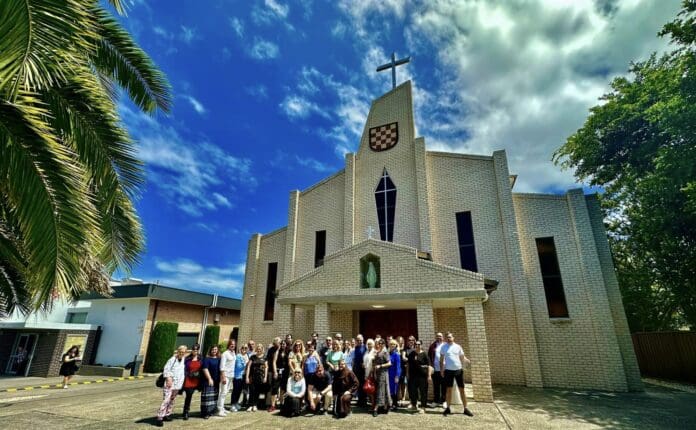Photos: archives
The Croatian community in Wollongong began forming in the late 1950s and early 1960s, when Croats started arriving in larger numbers, with a smaller group having fled there after World War II.
The main reason for their arrival in this city was the steelworks—heavy industry—where the migrants found employment. This shows that most Croats who came to Wollongong were working-class people, hardworking individuals seeking jobs, determined to labour diligently and earn a living so their children could have a better future.
Those who sought more eventually moved on, meaning many only stayed in the city temporarily. Nevertheless, it can be said that by the 1960s, a strong Croatian community had formed in Wollongong, thanks largely to the arrival of Croatian priests who initially visited occasionally and later settled permanently.
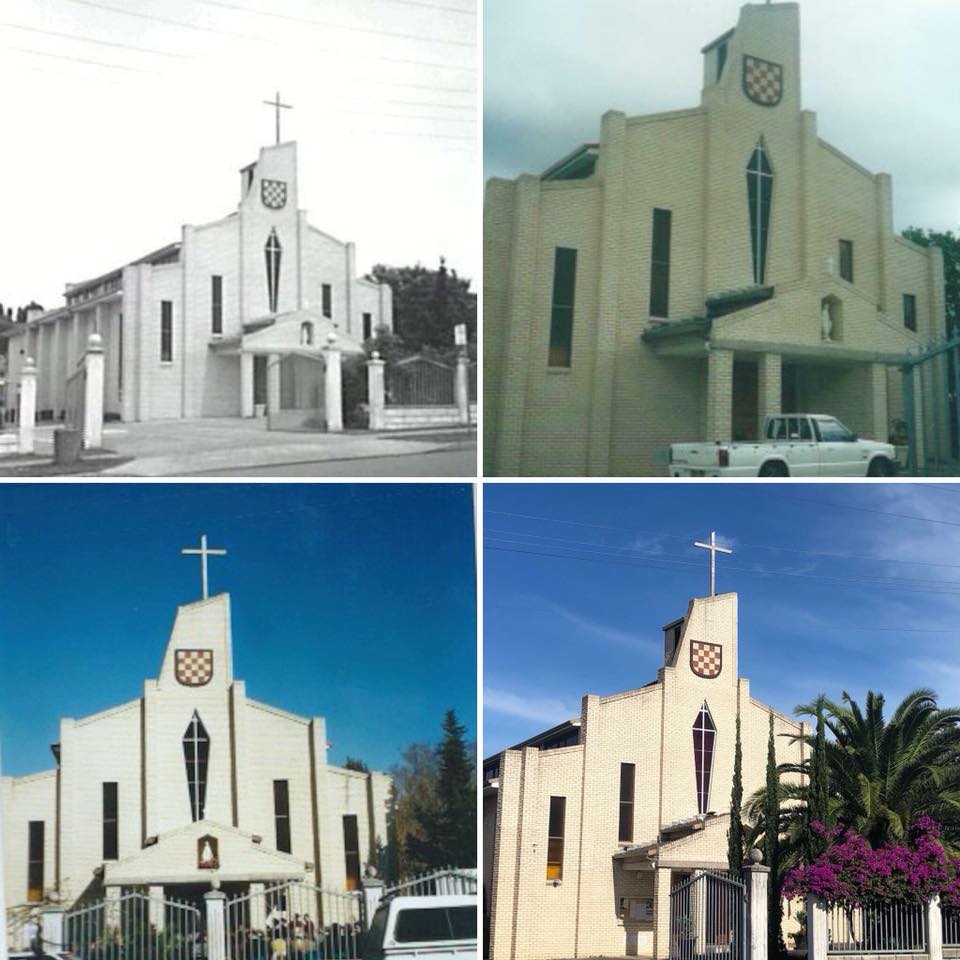
“Mary Queen of Croats: How a Small Community Built a Landmark”
This was followed by the purchase of the first church property and then the construction of the magnificent Mary Queen of Croats church and the Croatian Catholic Centre. The centre was envisioned and realised by the late Fr Stipe Šešelja, alongside his Croatian parishioners and patriots; it was later maintained and further developed by Fr Drago Prgomet, the late Fr Andrej Matoc, and Fr Ivo Tadić.
Initially, Catholic priests only visited the Croatian community in Wollongong occasionally.
At the end of 1968, Fr Euzebije Petar Mak arrived in Sydney. While serving as a priest for Croatian migrants in Sydney and Canberra from 1969 to 1972, he also ministered to Croatians in Wollongong.
He visited every second Sunday until the Croatian community in Wollongong received its own permanent priest, Fr Stipe Šešelja, in early February 1972. From then on, the community had Mass every Sunday.

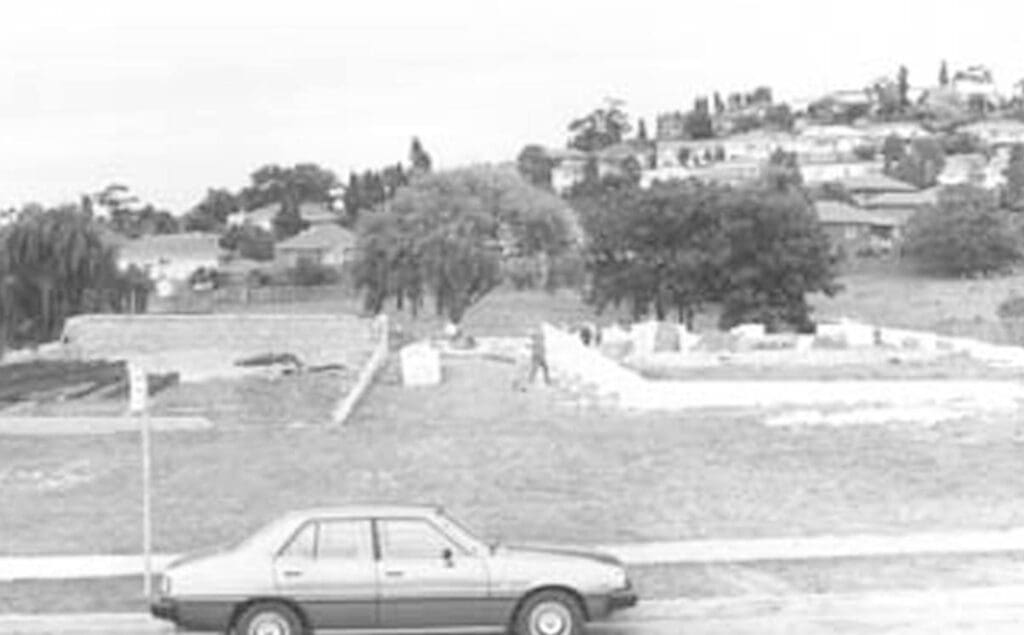
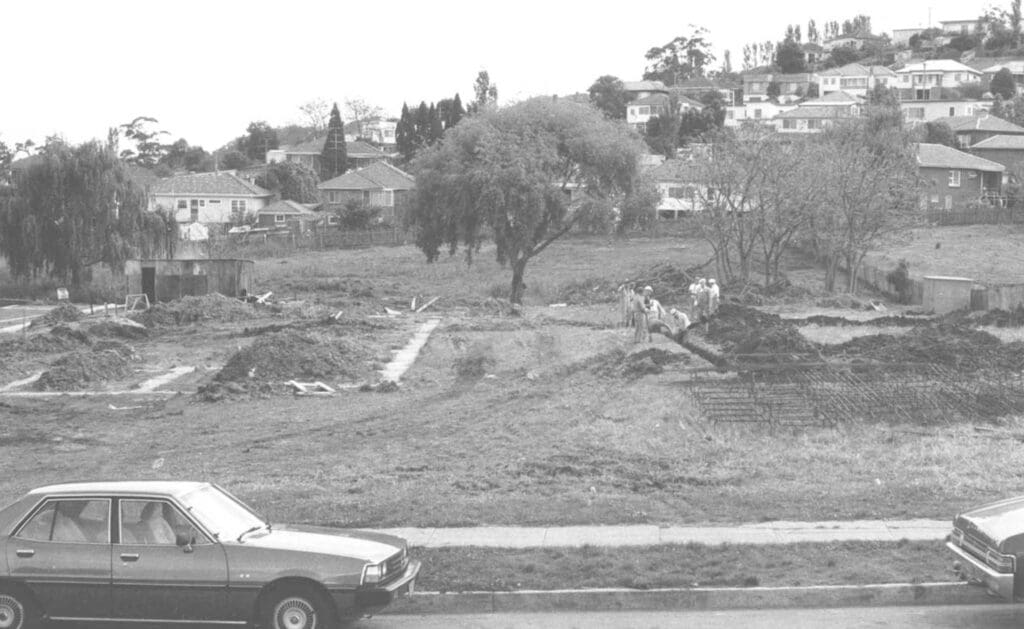
In 1973, Fr Stipe Šešelja, with the help of his parents and brothers in Canberra, secured a loan of $15,000 and used the money to buy a wooden house on Corrimal Street in Wollongong. By then, he had already established and ran a Croatian Saturday school and religious education for children in Croatian, as well as taking over the Croatian Franciscan Radio programme in Wollongong, which had been started by Fr Euzebije.
A Home Away from Home
Upon his arrival in Wollongong, Fr Stipe immediately began dreaming of a Croatian centre where all Croatians could gather. As early as May 1972, his vision started taking shape.
The first working session was held, and by the second meeting on 10 June, the name and purpose of the centre were decided. It was named the Croatian Catholic Centre, with the following objectives: to unite all Croatians in the South Coast Illawarra region; to serve their spiritual and cultural needs; to eventually build a school and library; and to establish a fund for social assistance to Croatians in need in Wollongong, with the possibility of extending help to other Croatians abroad and in their homeland.
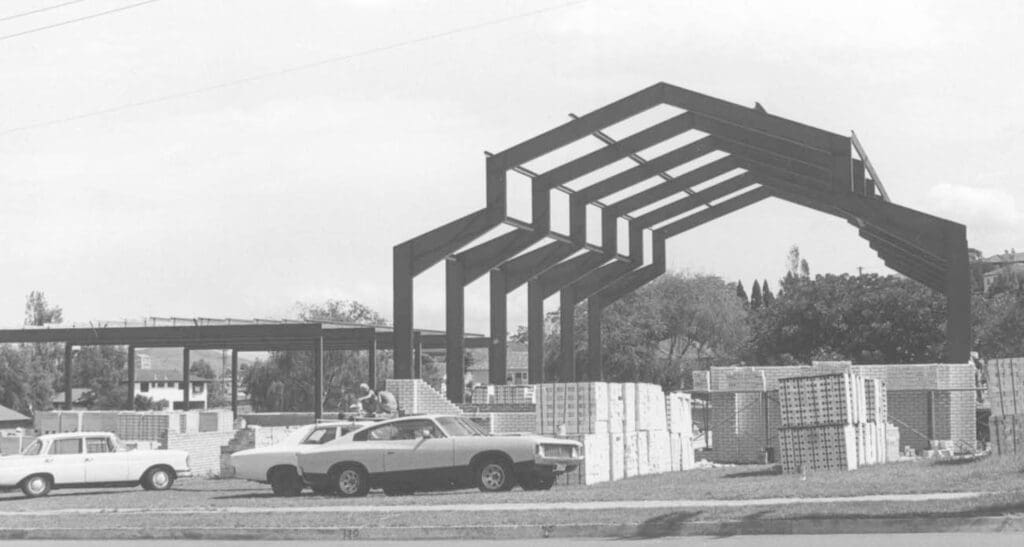
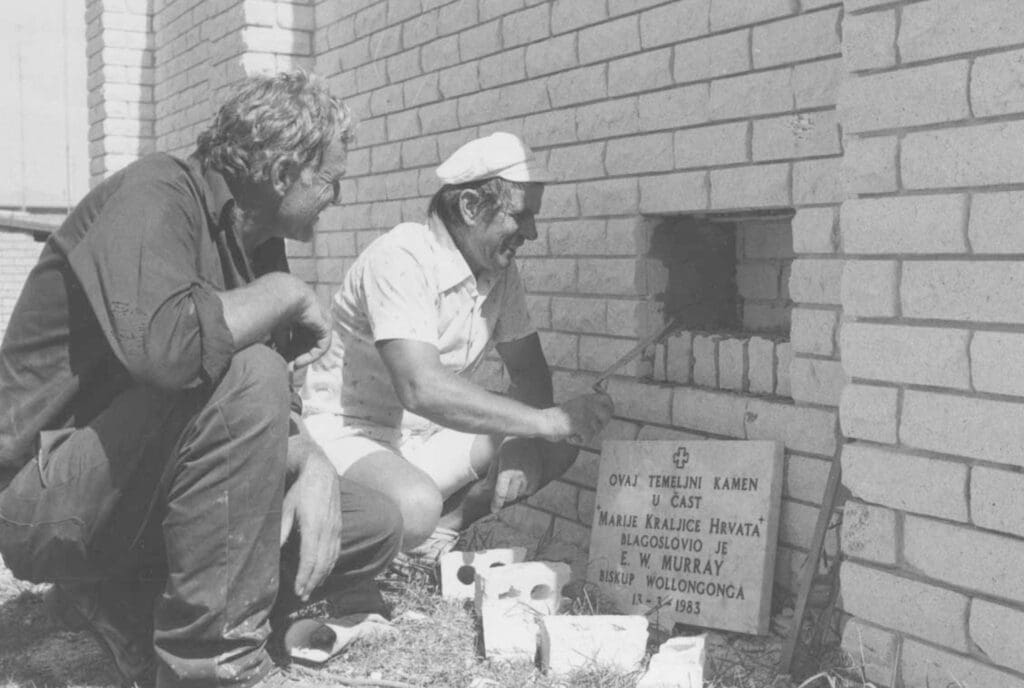
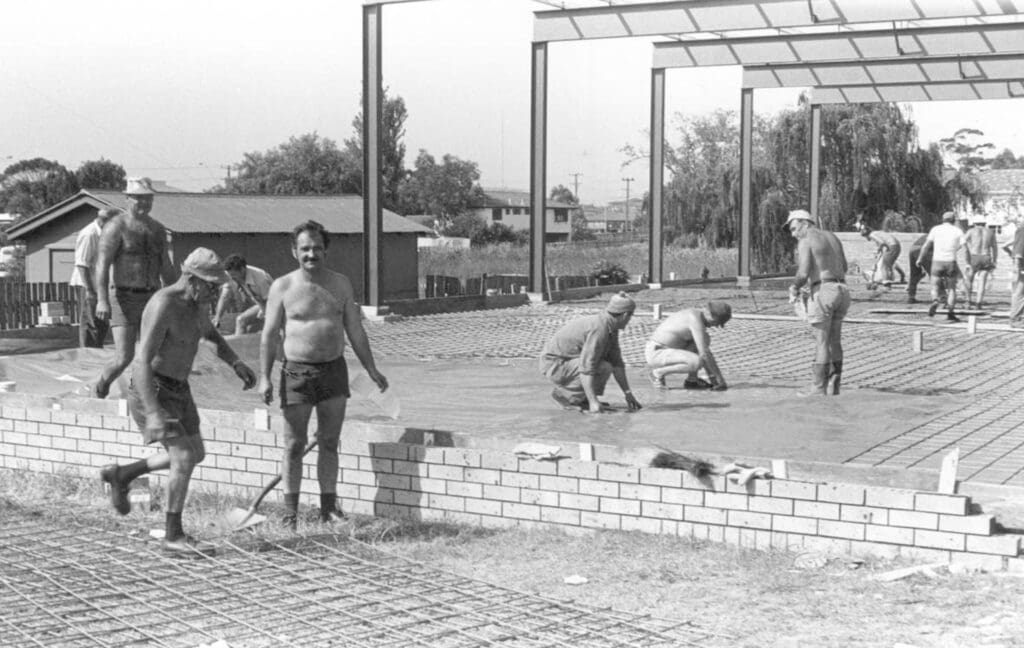
By 1974, it became clear that the community truly needed a centre and a church. Reviving the old idea at the urging of Radoslav Džida, Pavao Šiljeg, Gilbert Vidaić, and Dr Branko Marinović, Fr Stipe formed a new committee. Efforts resumed to either purchase or build a centre, with fundraisers, picnics, and similar activities organised for this purpose.
A newspaper advertised the sale of a wooden Anglican church building at 38 Rosemont Street in West Wollongong for $31,000 AUD.
The priest proposed buying it, but none of the committee members were initially confident that such a small community could raise the funds in such a short time.
When Fr Stipe offered to sell his own house—worth roughly the same amount—to buy the church, the committee agreed to purchase it together.
The church was finally bought on 12 March 1976, just over four years after the arrival of a permanent Croatian priest in Wollongong.
Shortly after, on 20 March 1976, the first General Assembly meeting was held at the Croatian Catholic and Cultural Centre in West Wollongong.
Bishop W. E. Murray of Wollongong was then invited to bless the centre, which was named Mary Queen of Croats.
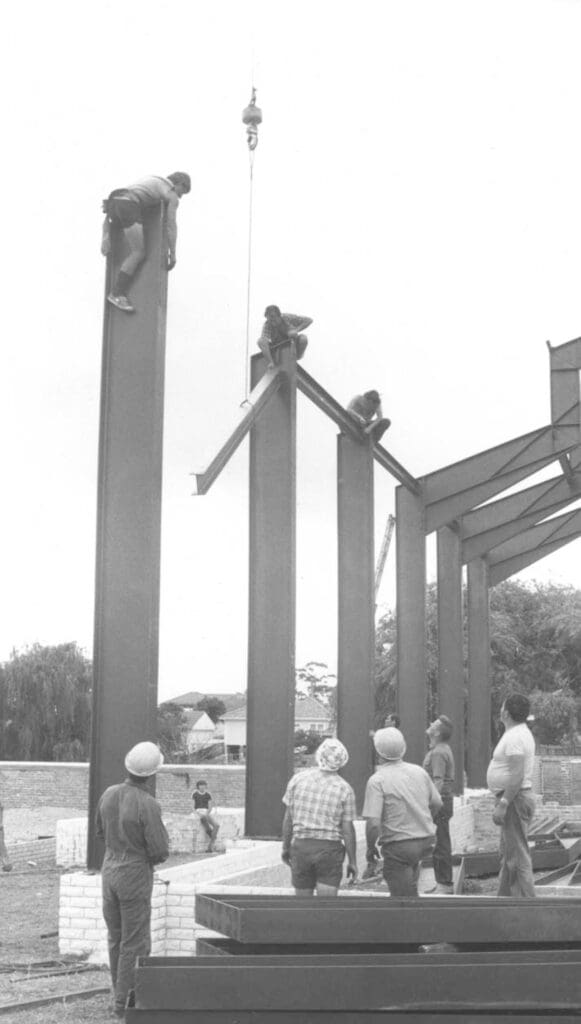
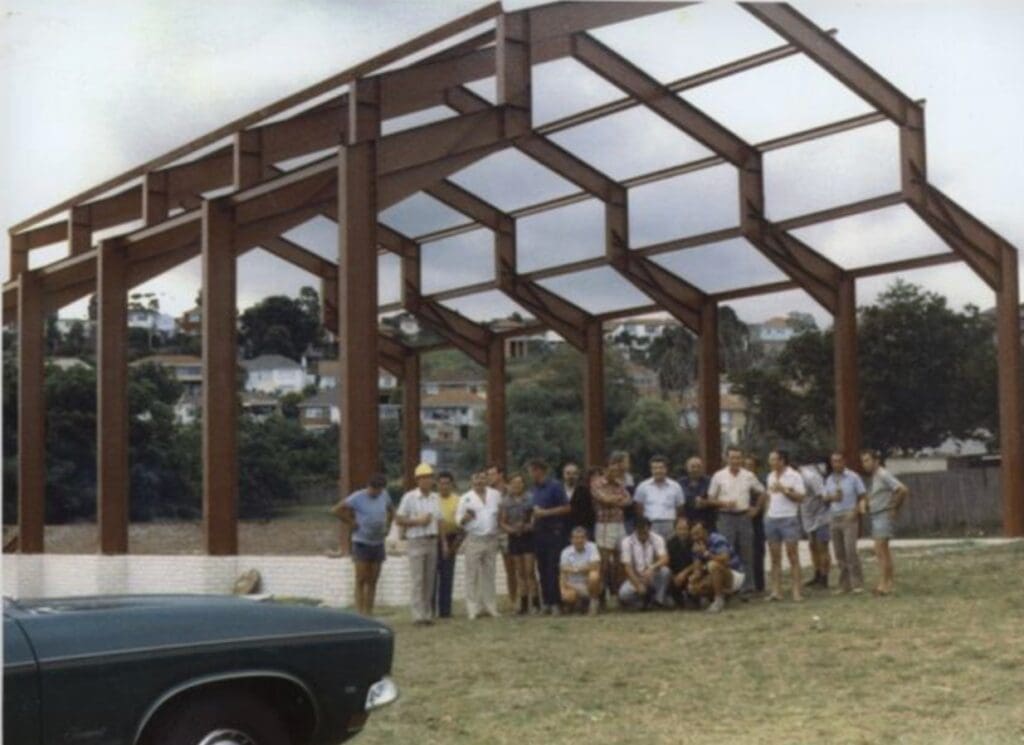
Faith and Folklore: Cultural Life in the Croatian Community
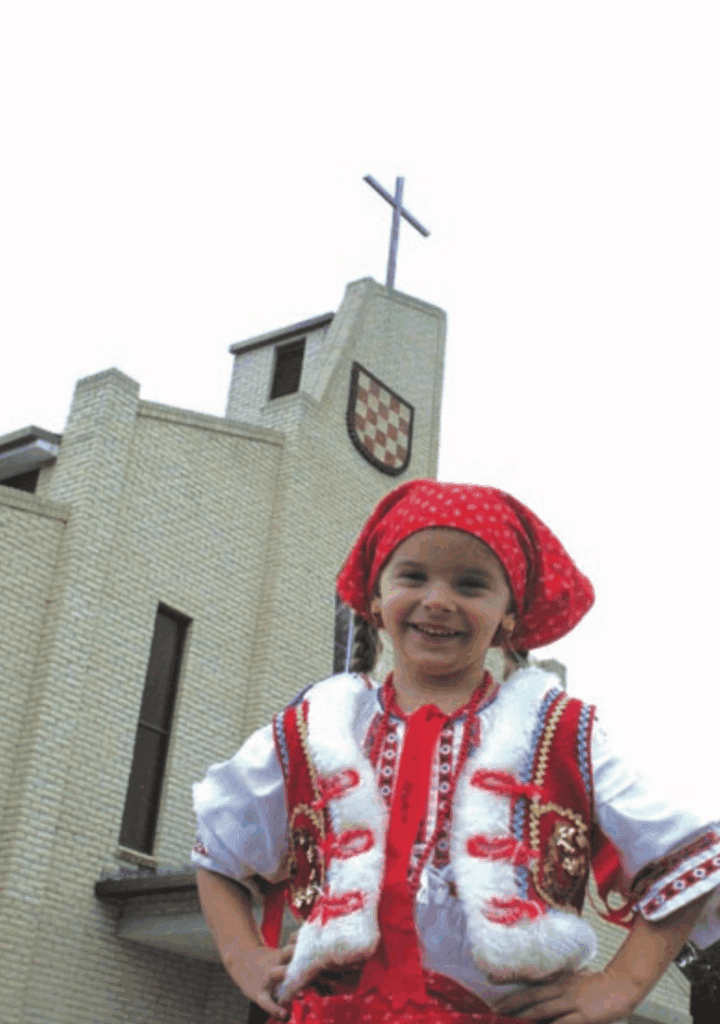
Cultural activities to preserve Croatian heritage began immediately. In 1975, the Zagreb folklore group was founded and warmly embraced by the community.
Soon, dedicated individuals took over the group. Interest in folklore was so high that a second group, Zrinski, was formed in 1976. Both groups were highly active and successful. After the new centre was built, the two groups merged into one, using the new centre’s facilities.
From 1976 to 1981, the old centre was a hub of lively activity, though not without the usual challenges faced by any community.
By early 1979, discussions at the Administrative Committee meetings of the Croatian Catholic and Cultural Centre Mary Queen of Croats turned to the need for expansion or even constructing a new centre.
Later, on 1 April 1979, Nikola Galović and Franjo Šušnjar were tasked with drafting expansion plans. Simultaneously, the possibility of purchasing new land was considered. This period of uncertainty lasted nearly two years until land was finally bought in the suburb of Figtree—the current location of the centre at 7-9 Bellevue Road—a plot 45 metres wide and 113 metres long.
Fr Stipe Šešelja himself sketched the design for the future centre as a model.
Fundraising for construction began immediately, and with $50,000 collected, work commenced on both the church and the hall simultaneously.
A Church of Their Own
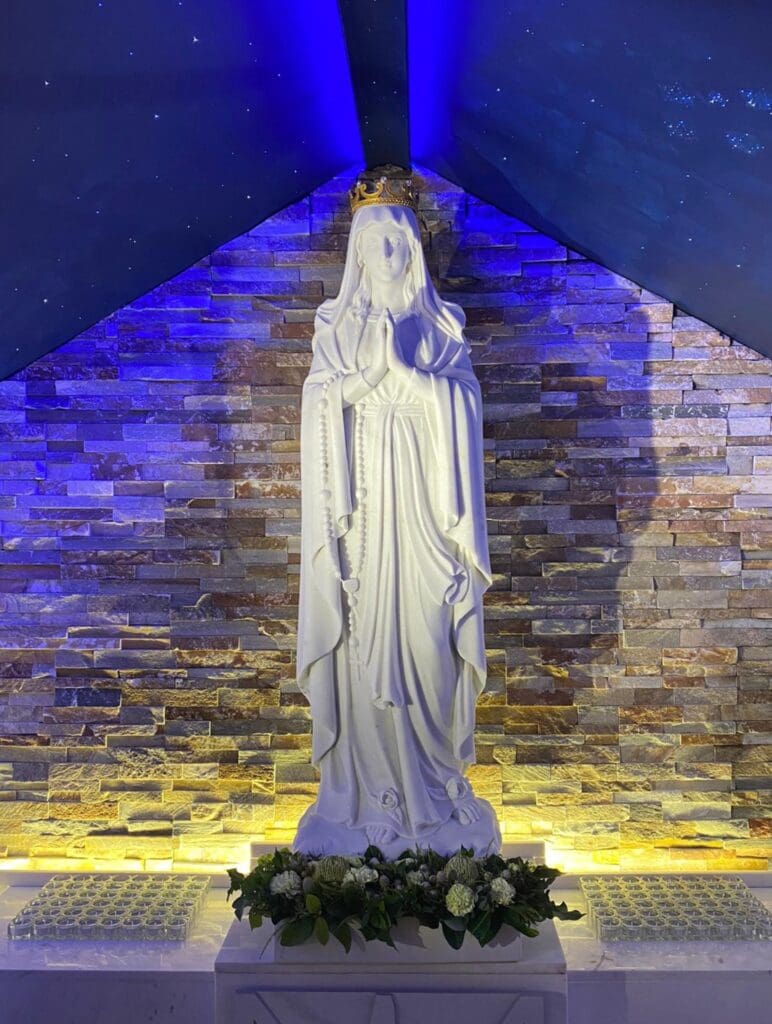
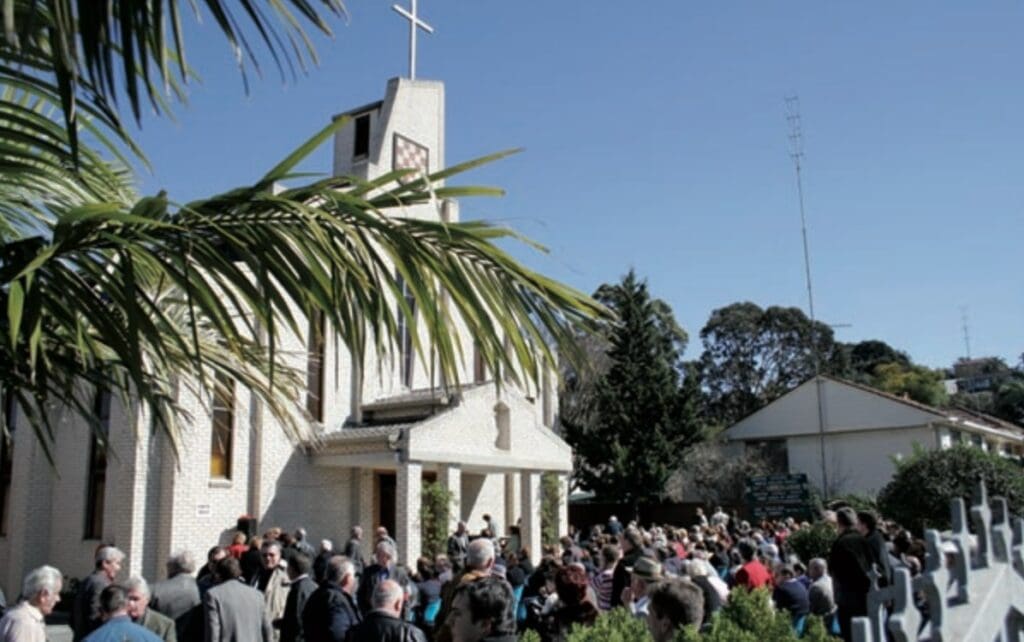
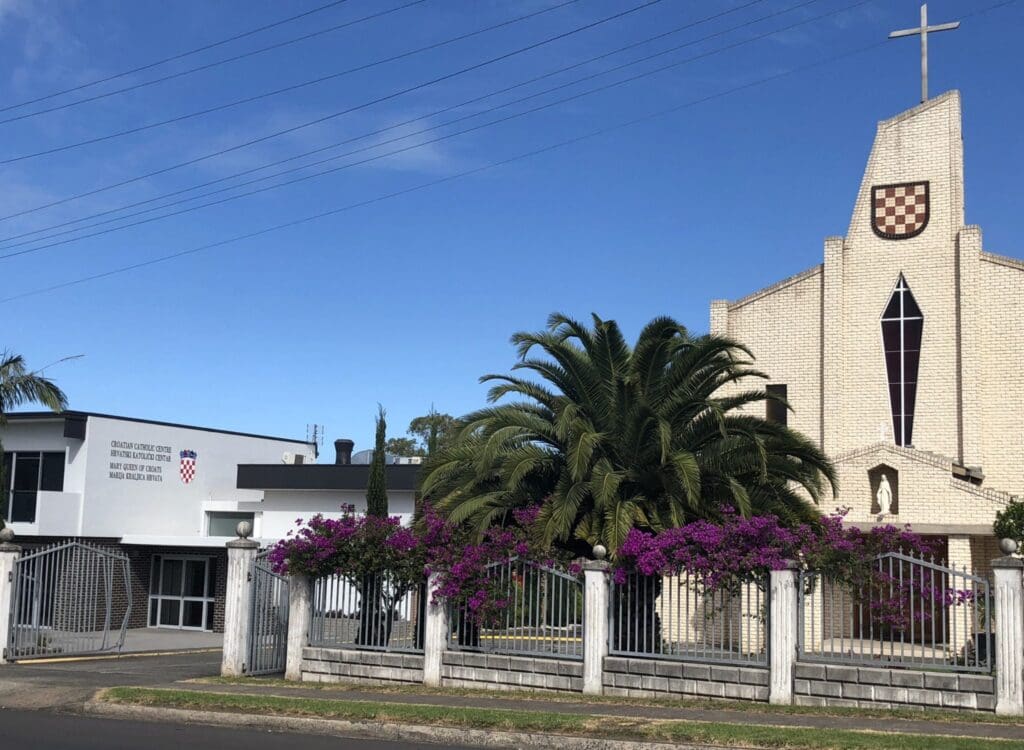
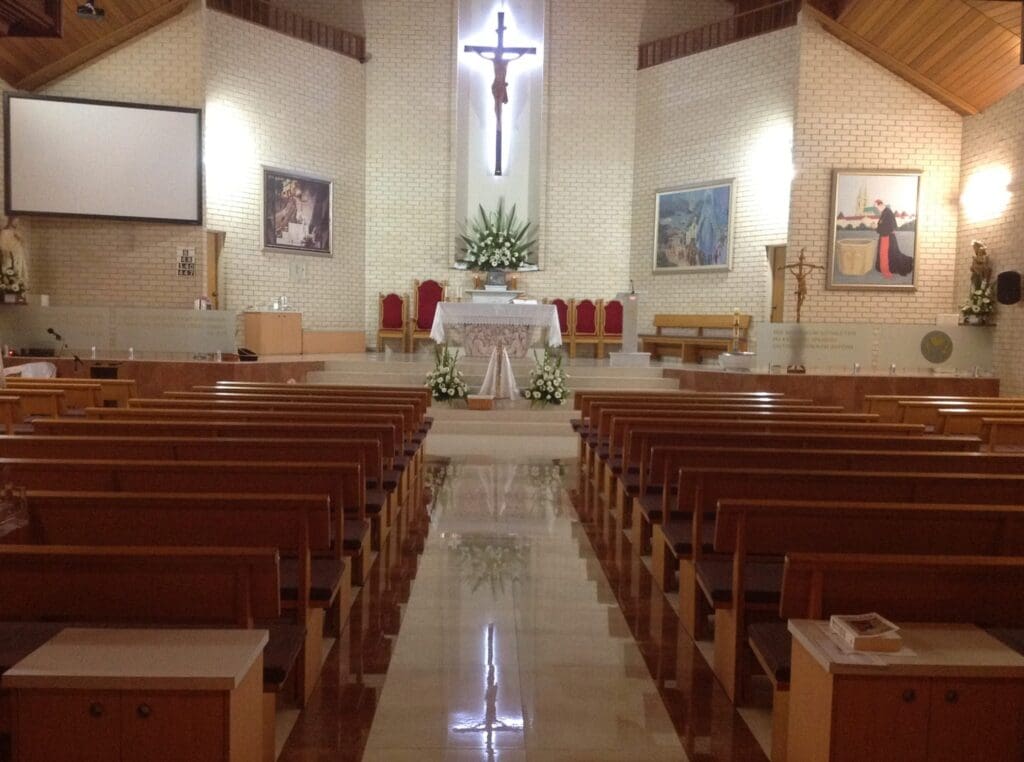
The Croatian community in Wollongong was the smallest in Australia, yet within just one year (from November 1982 to October 1983), they managed to build a church, a hall, and a priest’s residence.
This was achieved thanks to the voluntary labour of many Croatians. Some even took annual leave to work on the construction without pay, covering their own expenses.
The project leader, Ivo Dragić, worked entirely without compensation. Many came straight from work, without going home, to continue labouring on the centre. The priest placed the centre under the protection of the Blessed Virgin Mary and St Joseph at the start of construction. On 29 October 1983, Bishop Ćiril Kos of Đakovo and Bishop E. W. Murray of Wollongong consecrated the Mary Queen of Croats Centre—the first church in Australia built by Croatians for Croatians.
Fr Stipe Šešelja managed the centre until 1993, when he returned to Croatia. He was succeeded by Fr Drago Prgomet of the Franciscan Province of Bosna Srebrena, who served until 2002, when pastoral care was taken over by Fr Ivo Tadić, also from the same province. In 2007, the province sent another priest, Fr Andrej Matoc, intending for him to lead the centre, which happened a year after his arrival, while Fr Ivo returned to his homeland in Okučane.
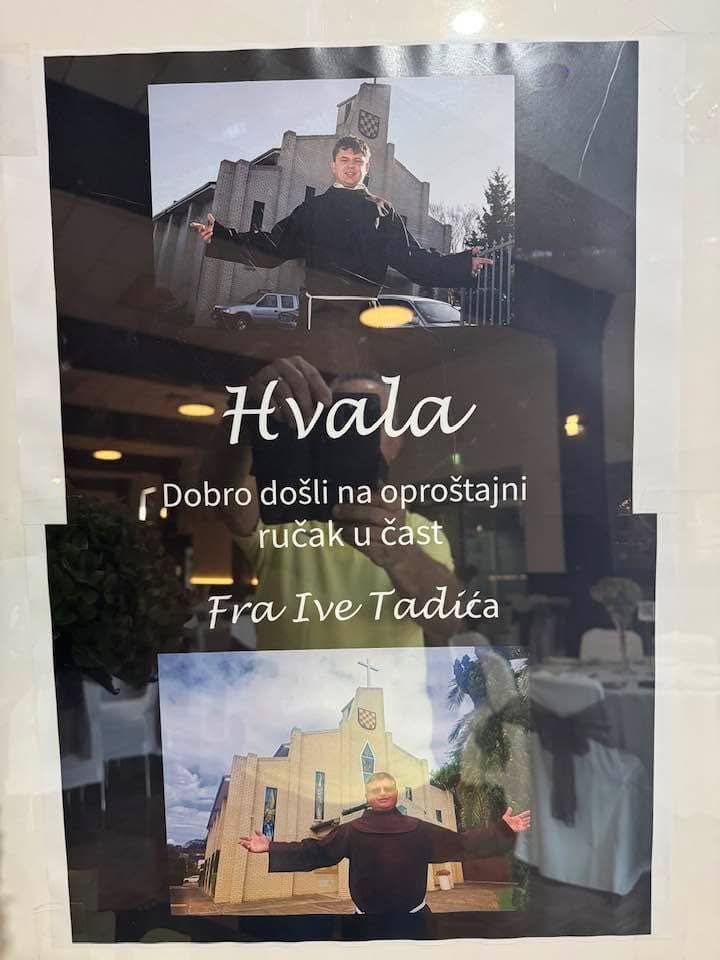
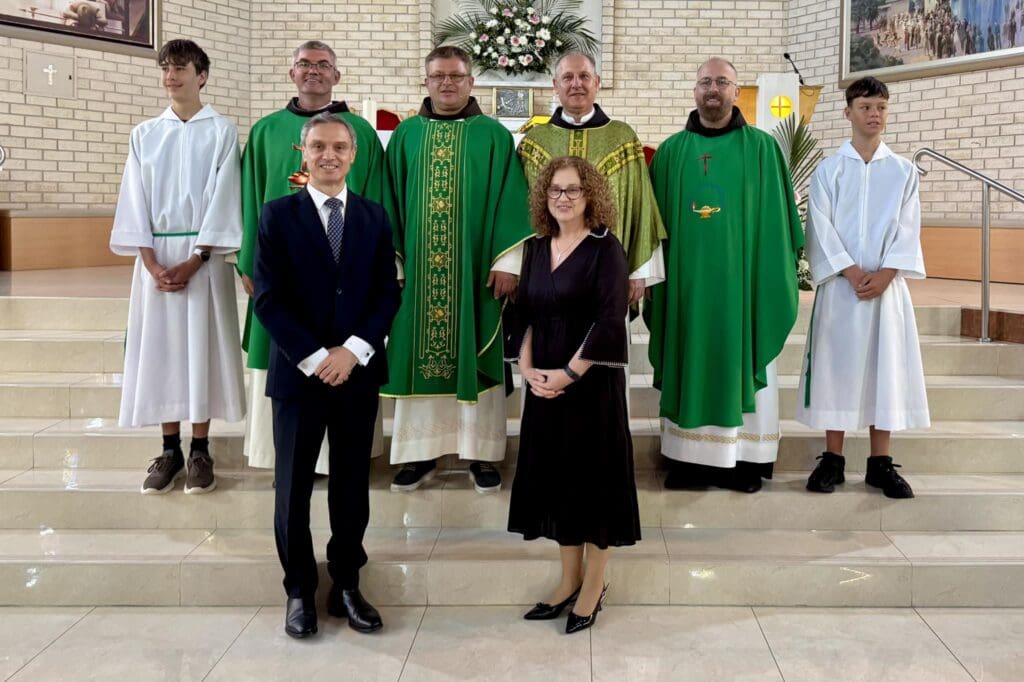
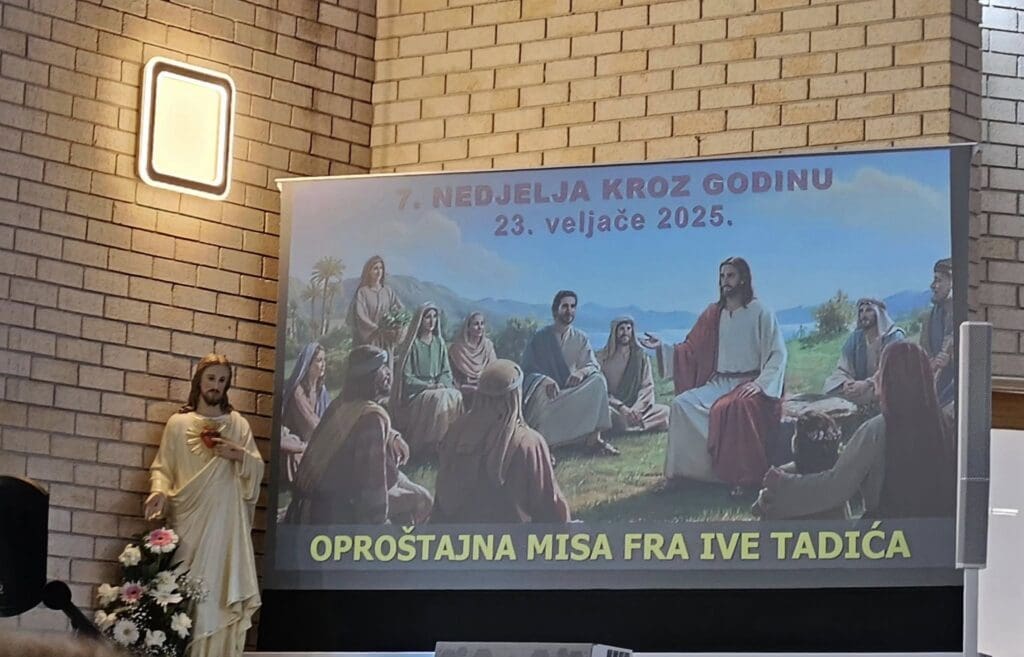
Shortly after, Fr Andrej passed away on 14 October 2010. Since he already had Australian documentation, the province sent Fr Ivo Tadić back to Wollongong. On 23 February this year, after 20 years of service, Fr Ivo bid farewell to his parishioners and friends in a solemn Mass at the Croatian Catholic Centre. Pastoral care has now been taken over by Fr Robert Slišković.
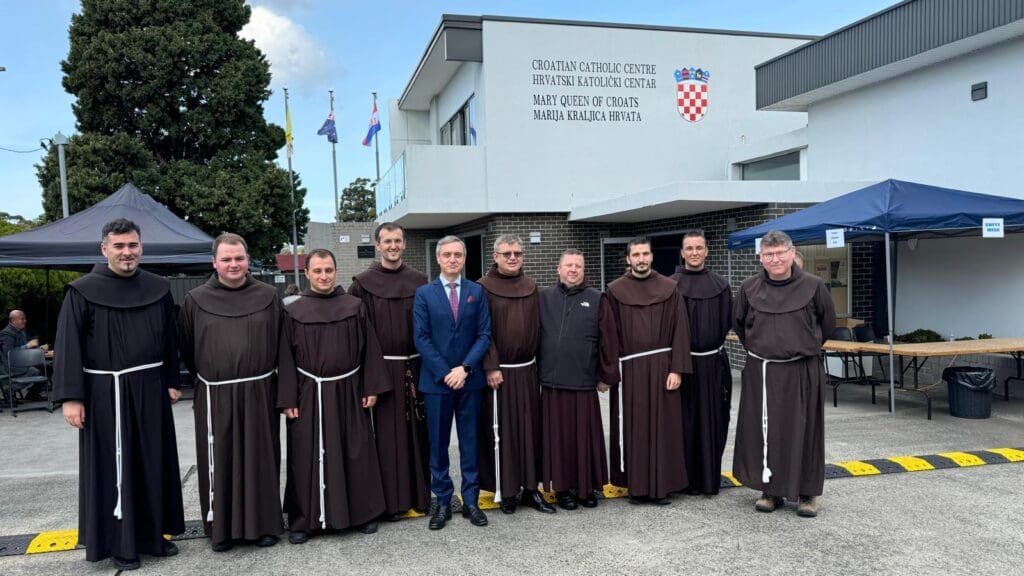
The Croatian Catholic Centre in Figtree serves Croatians for religious, cultural, social, sporting, and recreational gatherings.
Every year, Croatians from NSW and Canberra make a pilgrimage to Wollongong on the Saturday before the Feast of the Assumption (15 August) to honour the Blessed Virgin Mary.
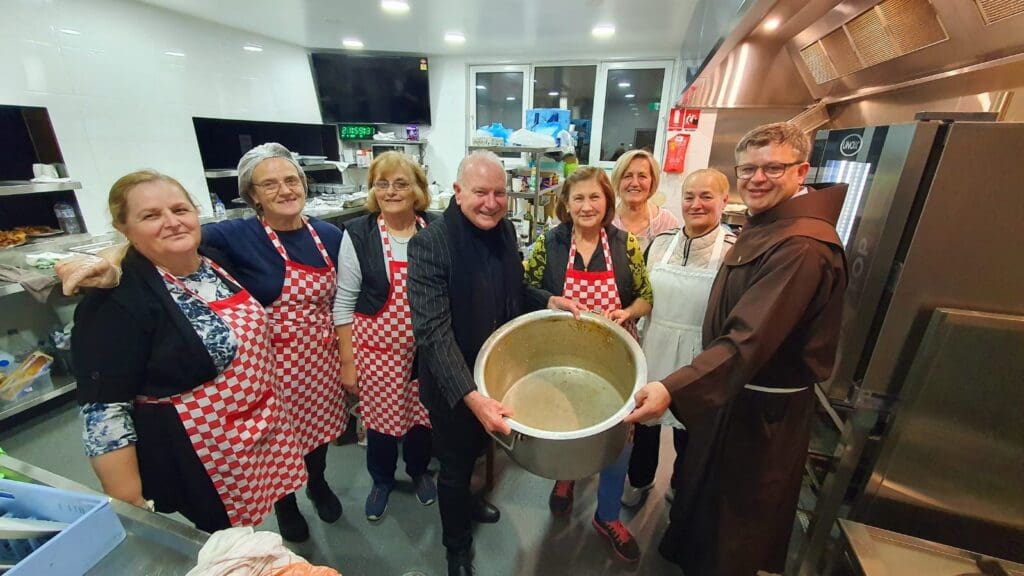
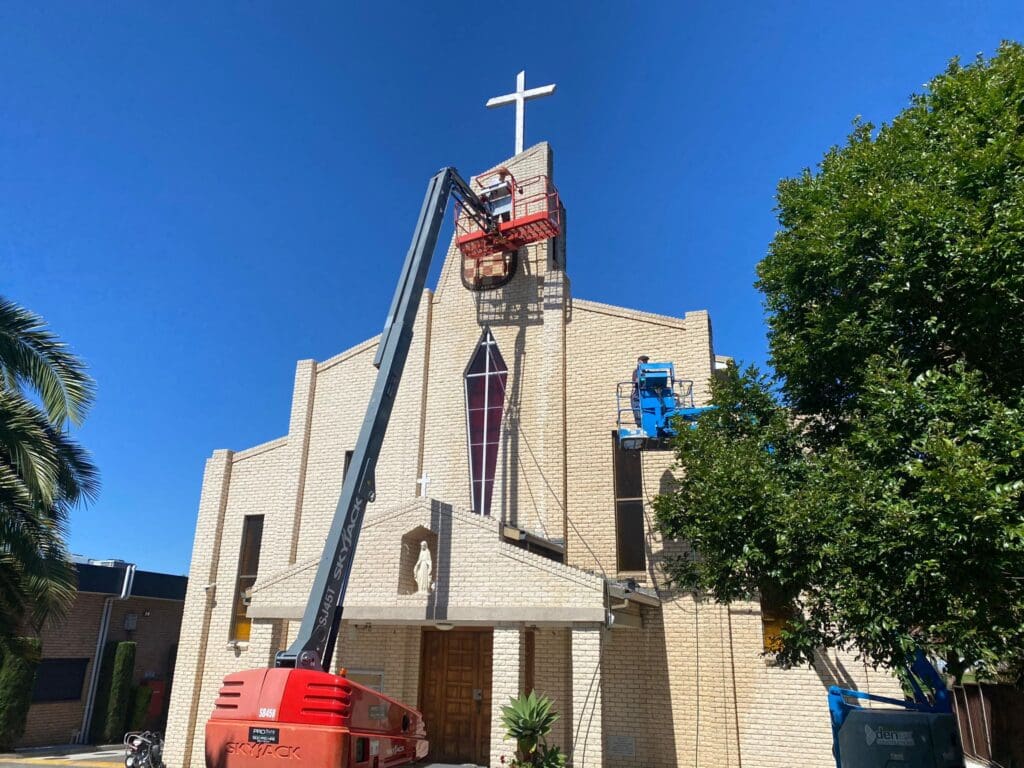
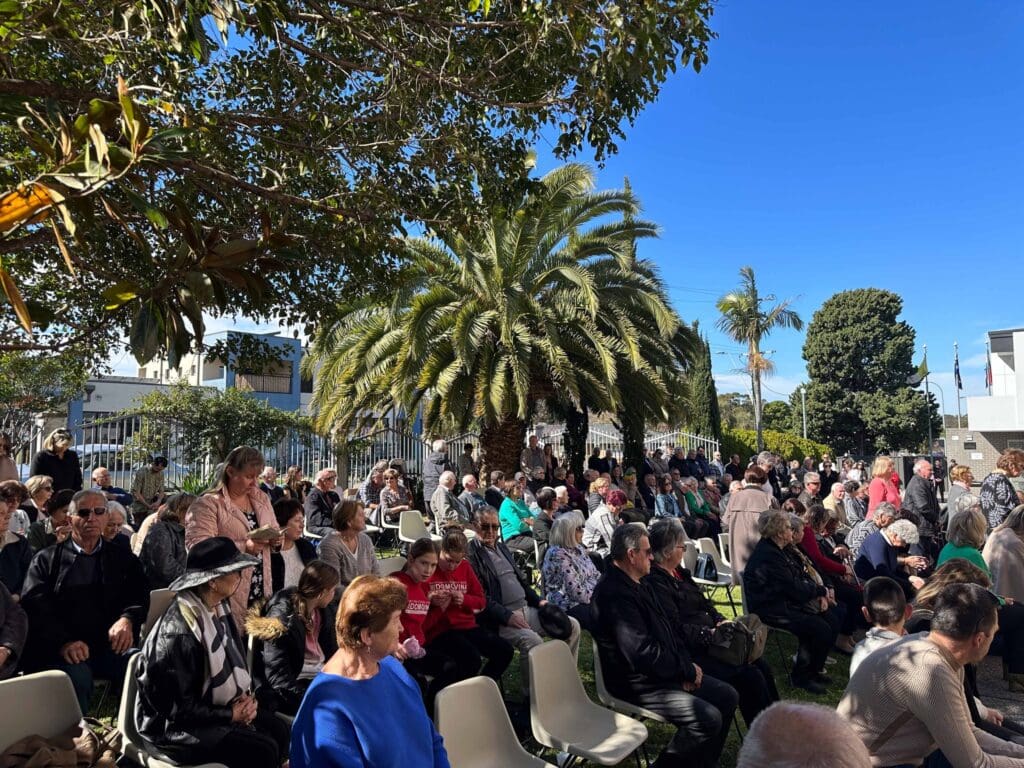
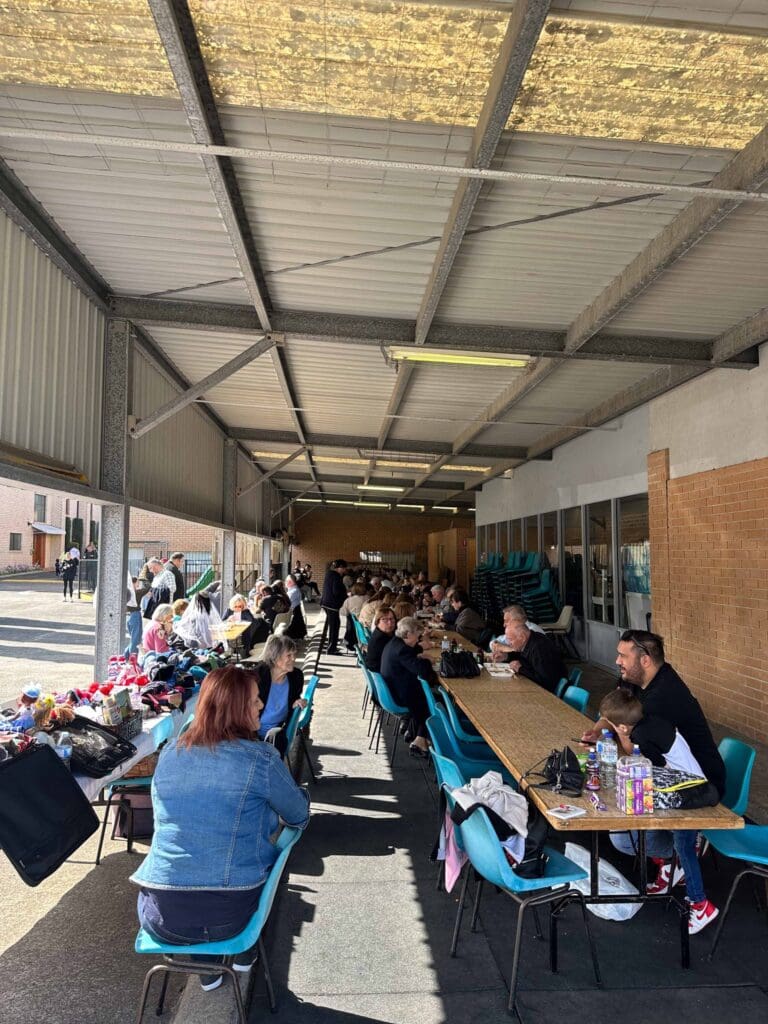
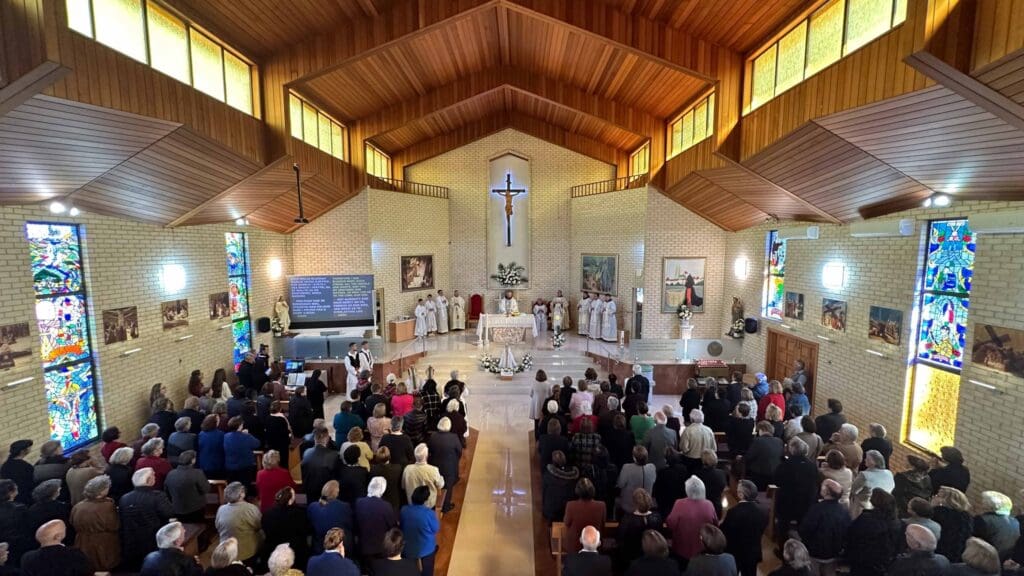
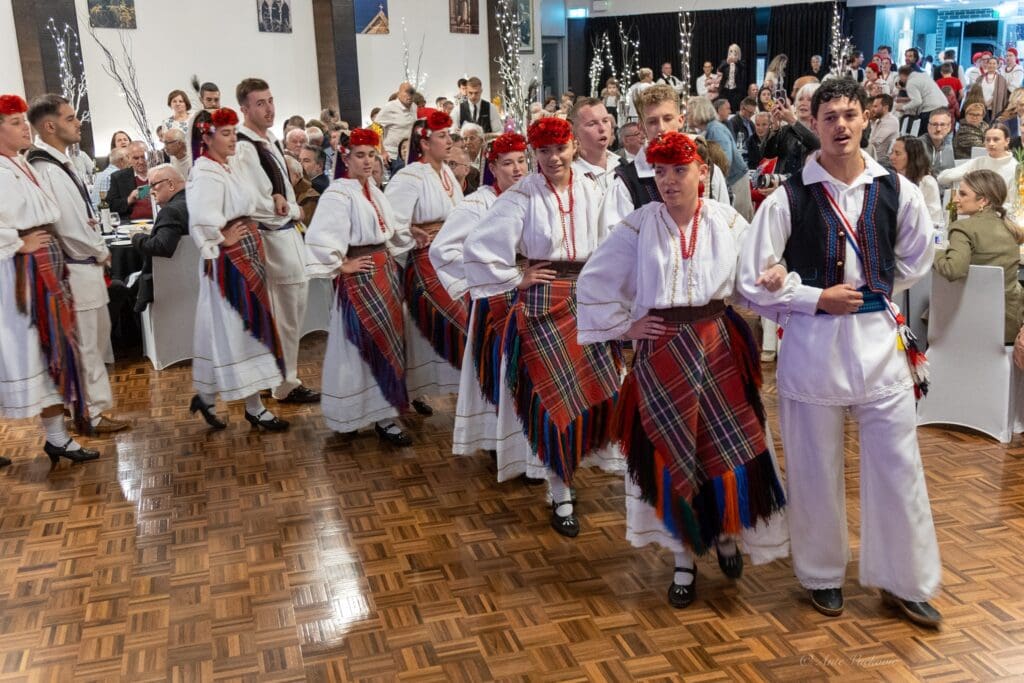
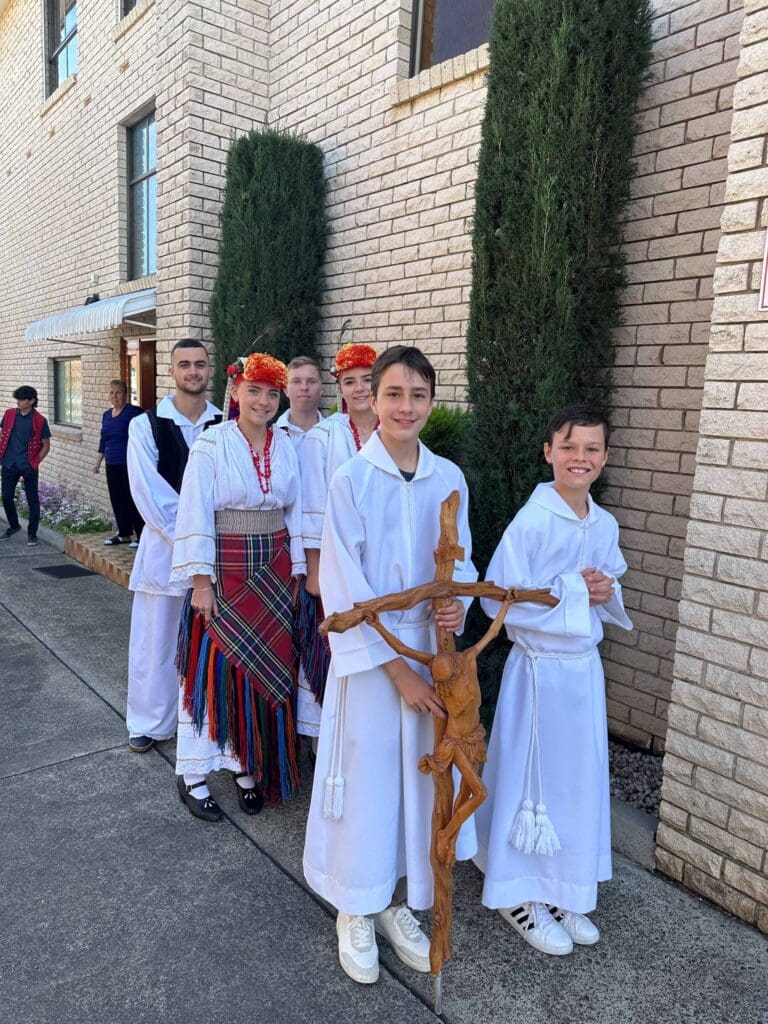
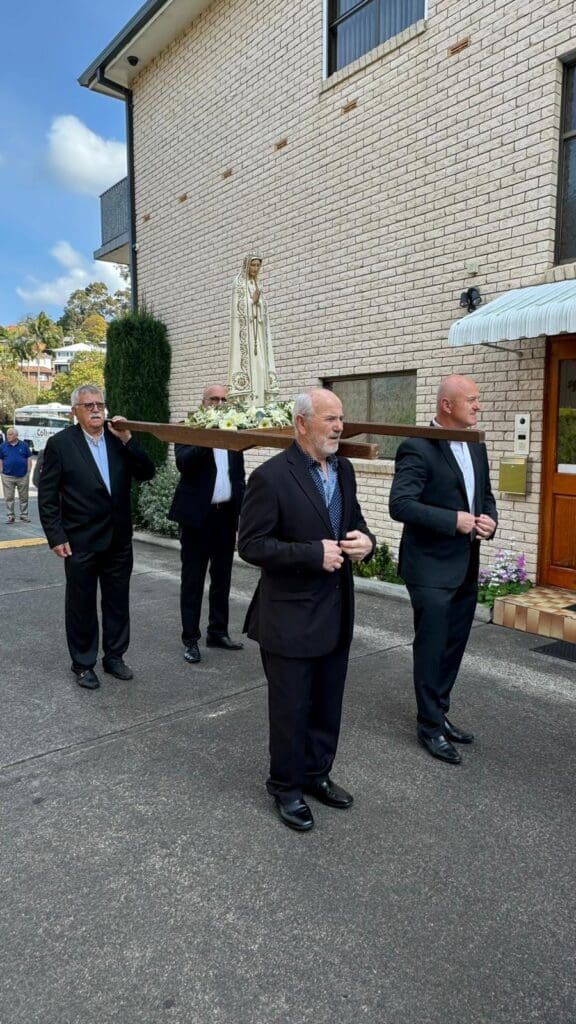
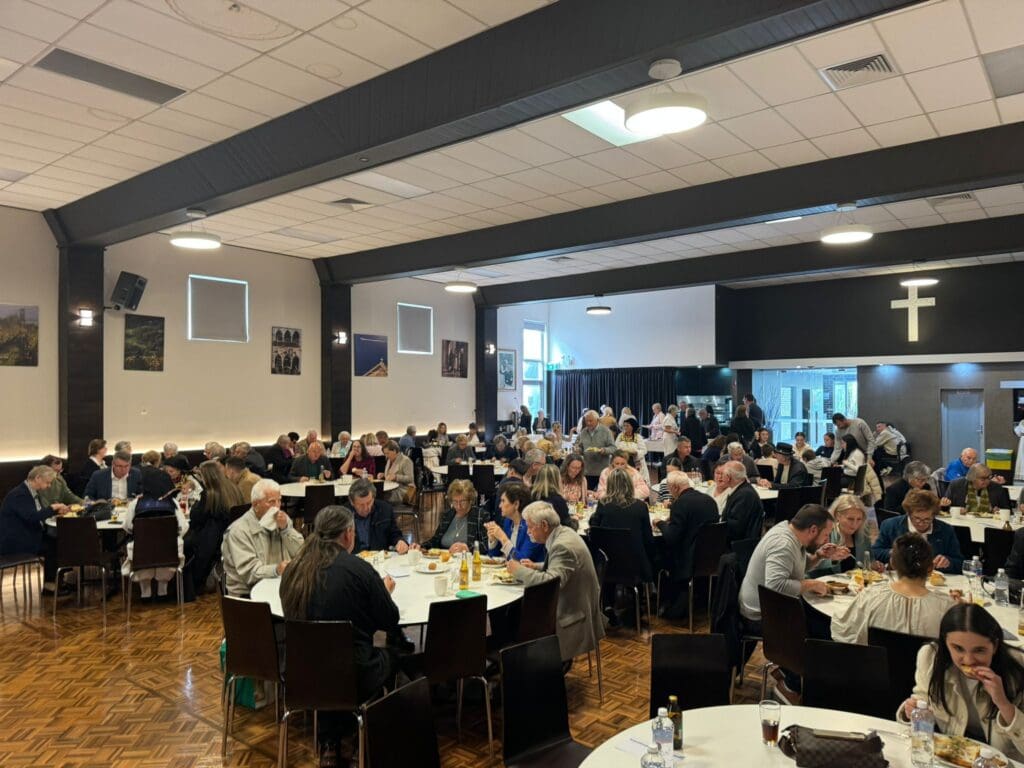
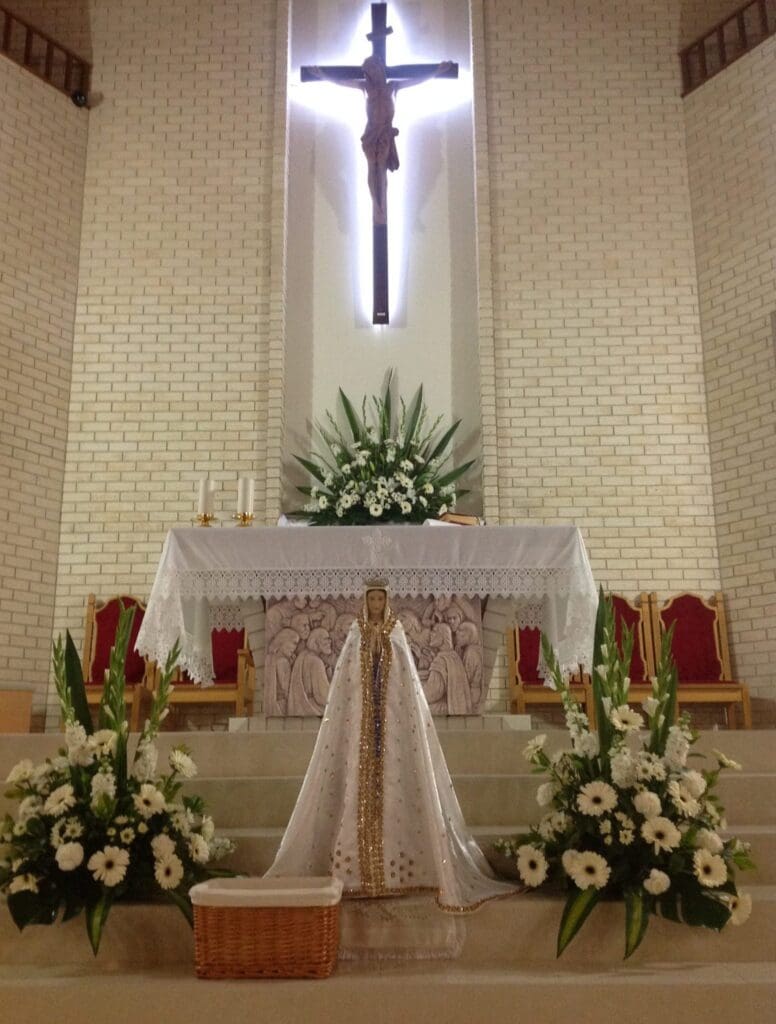
A Lasting Legacy: The Croatian Section at Lakeside Memorial Park
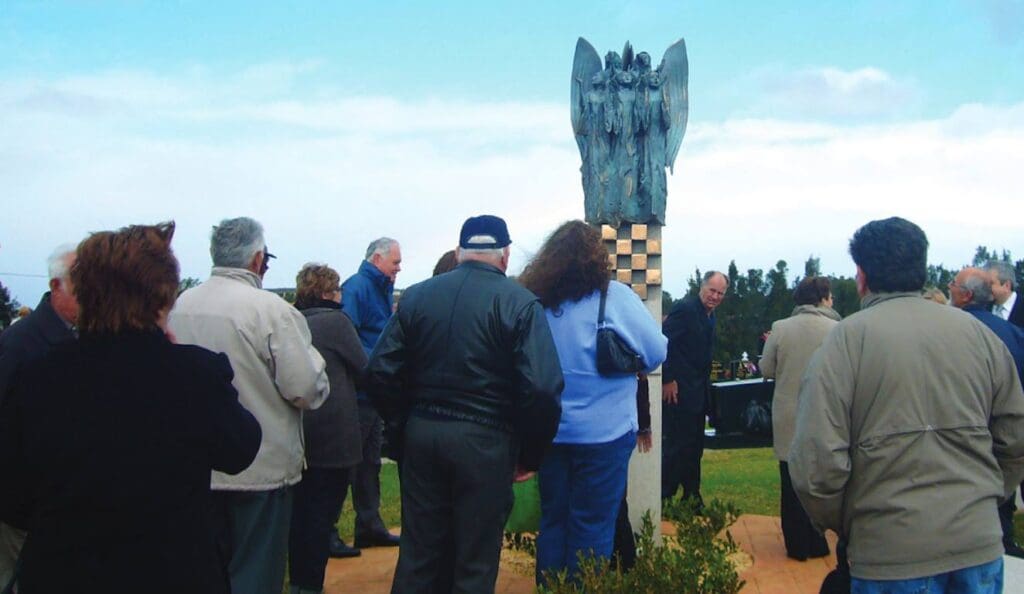
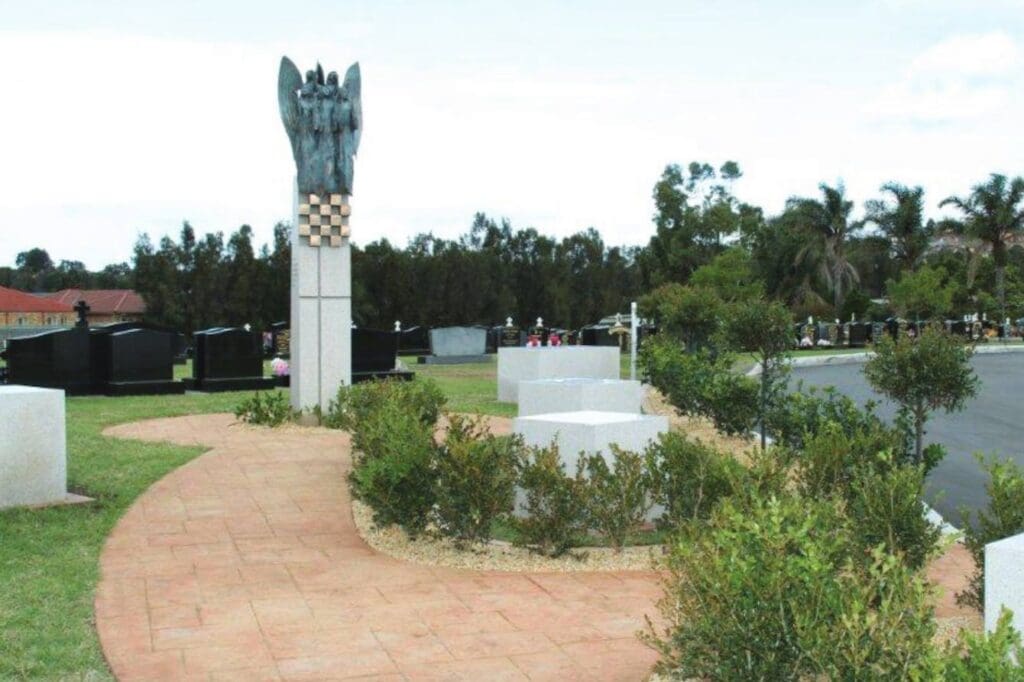
The largest city cemetery in Wollongong, Lakeside Memorial Park Kanahooka, known for its sculptures and architecture, is also where Croatians are buried. Inspired by cemeteries in Sydney, Fr Ivo Tadić proposed creating a Croatian section, which, through his persistence, opened in 2008.
Later, through Fr Andrej Matoc’s efforts, a memorial was completed—initiated by Fr Ivo—featuring seven stone slabs symbolising stećci (medieval tombstones), an altar, and a monument. Designed by renowned Australian-Croatian artist Charles Billich, it is titled Altars and Sopranos, depicting singing angels.
The memorial was unveiled in 2012 and blessed by then-local Bishop Peter Ingham.
(Sources: https://hkc.com.au/hkc-wollongong/, Croatian Herald, archives)
Contact: HKC Wollongong (Marija Kraljica Hrvata)
PO Box 38 7-9 Bellevue Road
FIGTREE, NSW 2525
Tel.: +61 (0) 2 4229 7034
Mob: +61 (0) 415 563 837 Email: crogong@hkc.com.au Official Facebook page: https://www.facebook.com/profile.php?id=100069578594928&sk=about
HFS Zagreb Wollongong Announces Grand 50th Anniversary Celebration
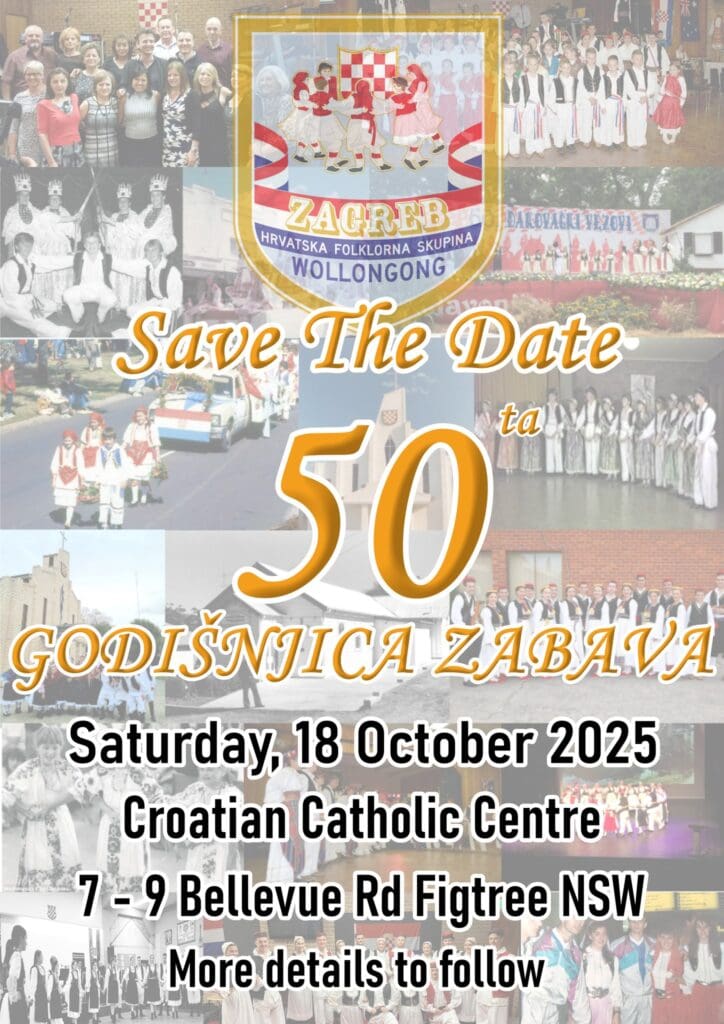
This year, HFS Zagreb Wollongong has announced a major milestone—its 50th anniversary. A special celebration will take place in October, and for all the latest updates, follow their official Facebook page.
- HFS Zagreb Wollongong is thrilled to announce that our 50th Anniversary Celebration will be held on 18th October at the Croatian Catholic Centre in Figtree.
Though we may be a small community, we are immensely proud of our heritage and warmly invite everyone who has been part of our journey over the past five decades. Whether you were a teacher, dancer, parent, or volunteer, we would love for you to join us in marking this historic milestone.
Further details will be shared soon, so stay tuned to our social media channels. We can’t wait to welcome you all back for a memorable celebration together! – they have already extended an open invitation, calling on all former members and supporters to join them in honouring this significant anniversary, as shared on their Facebook page.https://www.facebook.com/profile.php?id=61573388740245

